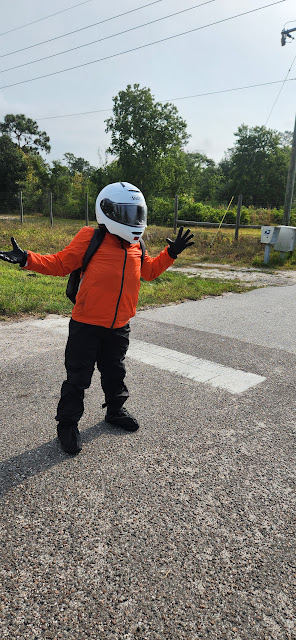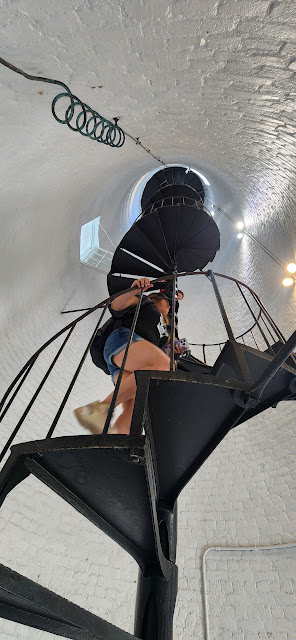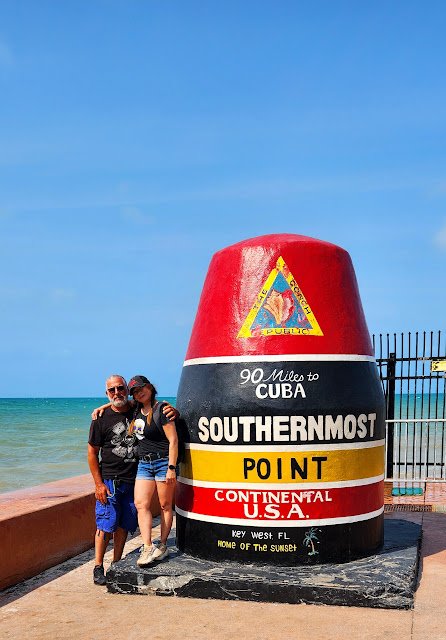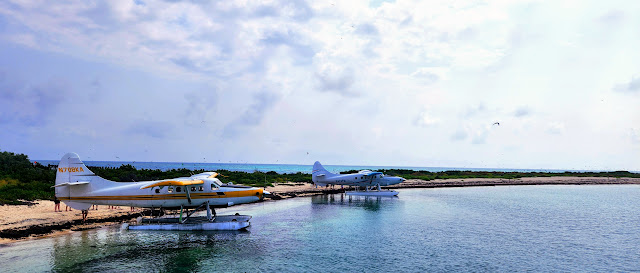7K in the Books
Dry Tortugas National Park
The park is noted for abundant sea life,
tropical bird breeding grounds, colorful coral reefs, and shipwrecks and
sunken treasures. The park's centerpiece is Fort Jefferson, a massive but
unfinished coastal fortress. Fort Jefferson is the largest brick masonry structure
in the Western Hemisphere, composed of more than 16 million bricks. Dry
Tortugas is unique in its combination of a largely undisturbed tropical
ecosystem with significant historic artifacts. The park is accessible only by seaplane or
boat and has averaged about 63,000 visitors annually in the period from 2008 to
2017. Activities include snorkeling, picnicking, birdwatching,
camping, scuba diving, saltwater fishing and kayaking. Overnight camping
is limited to eight primitive campsites at the Garden Key campground, located
just south of Fort Jefferson.
The
first European to see the Dry Tortugas was Juan Ponce de León, who visited
on June 21, 1513. Ponce de León caught 160 sea turtles there and subsequently
referred to the islands as the "Tortugas" (turtles). They are
called Dry owing to the absence of surface fresh water on the
island. The name is the second oldest surviving European place-name in the
US.
The
archipelago includes a high concentration of historically significant
shipwrecks dating from the 17th century to the present. In 1742 HMS
Tyger wrecked in the Dry Tortugas. The stranded crew lived on Garden
Key for 56 days, and fought a battle with a Spanish sloop, before sailing to Jamaica in
several boats.
Florida
was acquired from Spain by the United States in 1819. The Dry Tortugas were
seen as a strategic point for the control of the Straits of Florida and
the Gulf of Mexico. Work on a lighthouse on Garden Key started in 1825. In 1856
work on a new, more powerful lighthouse on Loggerhead Key was started to
replace the Garden Key light.

























Comments
Post a Comment